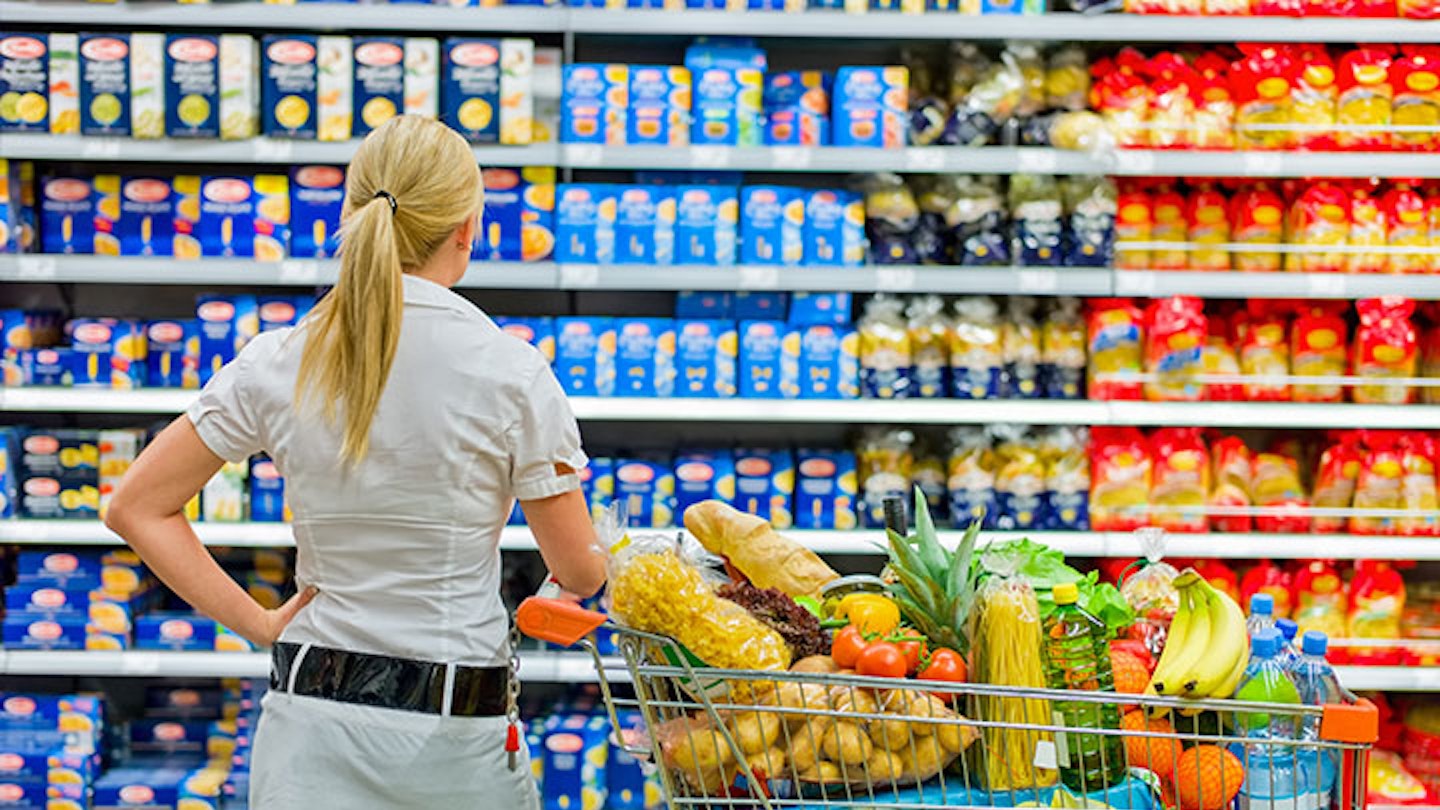Is it safe to eat that bit of mouldy bread or cheese? How about the tin in the back of the cupboard that's well past its expiry date?
Seven million tonnes of food a year is thrown away in the UK, most of which is fine to eat.
Best-before dates, use-by dates, display until, sell-by dates – it’s a confusing world of different numbers.
Wising up on the truth behind food dates could help cut your food waste hugely, as well as saving you a packet at the supermarket. Here’s all you need to know to be a savvy saver…
Tesco to remove best before labels from its packaging
The supermarket giants are taking the step to remove the confusing best before label from 70 per cent of its food packaging to avoid food being thrown away unnecessarily. Items that will lose the label include potatoes, tomatoes, apples, lemons and onions.
Speaking to BBC News, Tesco's head of food waste Mark Little, said, "We know some customers may be confused by the difference between 'best before' and 'use by' dates on food and this can lead to perfectly edible items being thrown away before they need to be discarded.
"Many customers have told us that they assess their fruit and vegetables by the look of the product rather than the 'best before' date code on the packaging".
Although best before dates will be disappearing, use by date labels will remain as it can be dangerous to our health to eat some foods after the use by date has passed.
What do you make of the new plans? Let us know over on our Facebook page and Twitter page.
Learn the label lingo
When checking how long your food will last, read carefully which of these dates it displays:
Use-by date is the one we need to pay attention to, as this is placed on foods that are considered perishable and, after a short period of time, could make us unwell. You can eat right up to the date or freeze for another time, but generally don’t eat past it, especially meat and fish, which are more likely to contain nasties.
Best-before is the date until which food will be at its best. This means after that date, the food won’t be unsafe to eat, but might not taste or look as good.
Display until is not a legal requirement and is one of the most misleading dates around. These dates are solely for the purpose of supermarket workers to keep track of their stock and are of no use to us, the consumers. As with sell-by dates, these are best ignored!
When to eat…and when to not…
Chocolate, crisps and biscuits can last for six months from the best-before date, but keep them in an airtight container or they may go soft.
Eggs are fine for a few days after their expiry date as long as they’re fully cooked as the heat from cooking kills off any bugs. Baking is a great way to use them up but avoid runny or soft-boiled eggs.
Apples can keep for ages, unless they have a puncture to the skin that lets fungi in.
Bread is fine once you cut the mouldy bits off unless it has black bits. Black mould is more dangerous than green or blue mould. All mould can penetrate food much deeper than you can see.
Make food go further
Write a list before you go shopping, so you buy only what you need
Most veg (apart from potatoes and onions) keeps longer in the fridge
Freezing acts like a pause button, so freeze any food you’re not going to eat, then defrost and cook until piping hot
when you’re ready
Place foods with the shortest shelf life at the front of your fridge so you use them up first
Moulds like warmth, so keep perishables away from warm spaces and check the packaging for any storage instructions
A lot of ‘turning’ food can be used in a cake. Add leftover beetroot,
carrot or courgette to ingredients
Make slightly stale bread and leftover bread crusts into breadcrumbs by whizzing them up in a food processor, and freeze to use later in bread sauces, savoury crumbles or as a coating for chicken or fish
To freshen up a day-old bread loaf, hold it briefly under a running cold tap. Shake it and pop in a hot oven for about 10 minutes – it will be as crusty as freshly-baked bread
For more ideas to help food go further, visit www.lovefoodhatewaste.com
For more consumer stories, pick up the latest copy of Yours magazine
